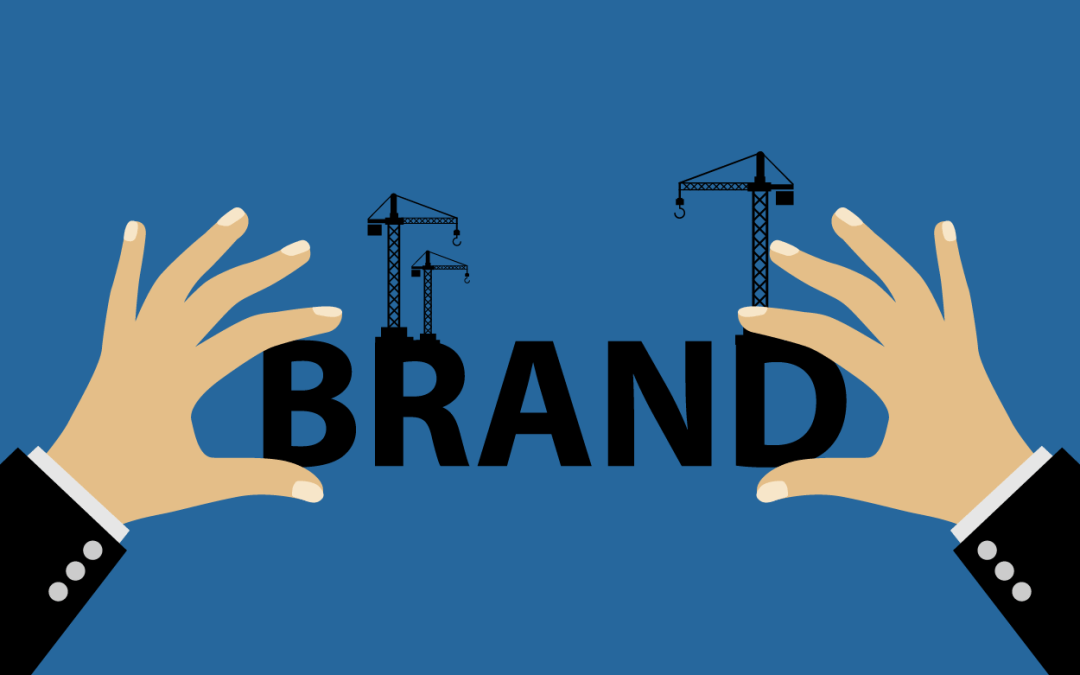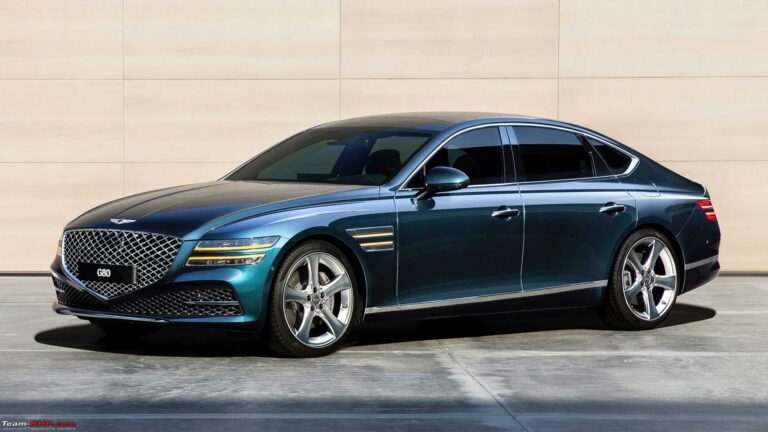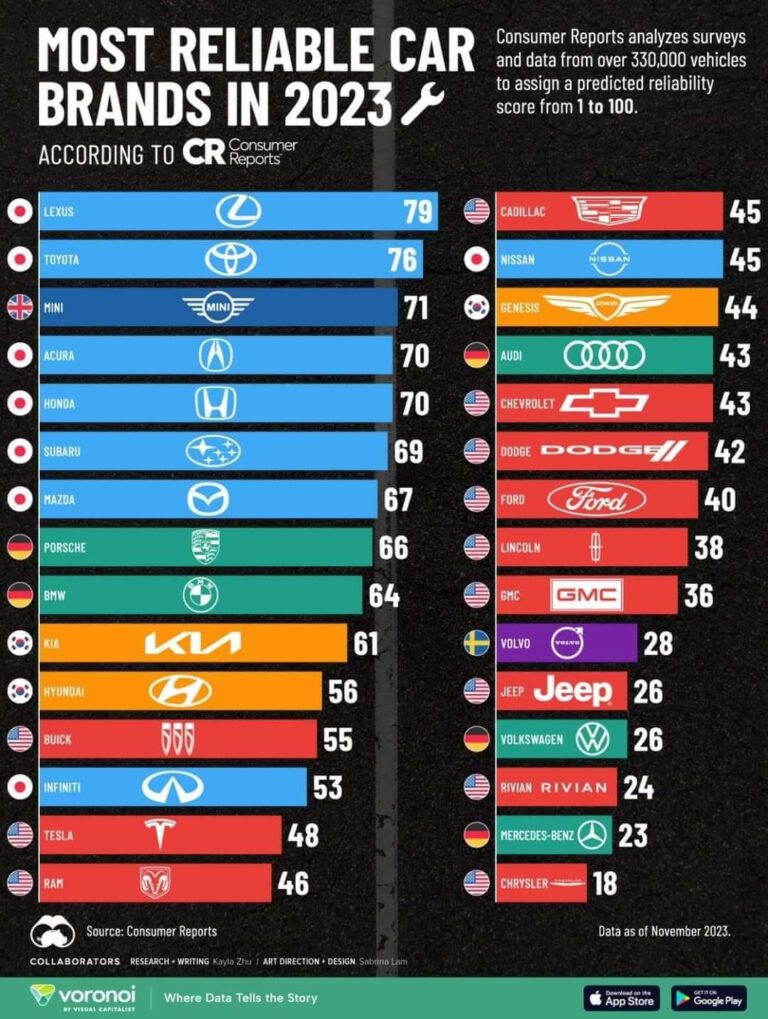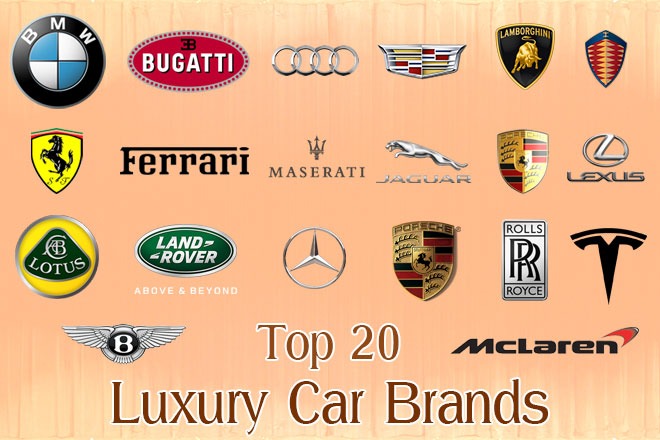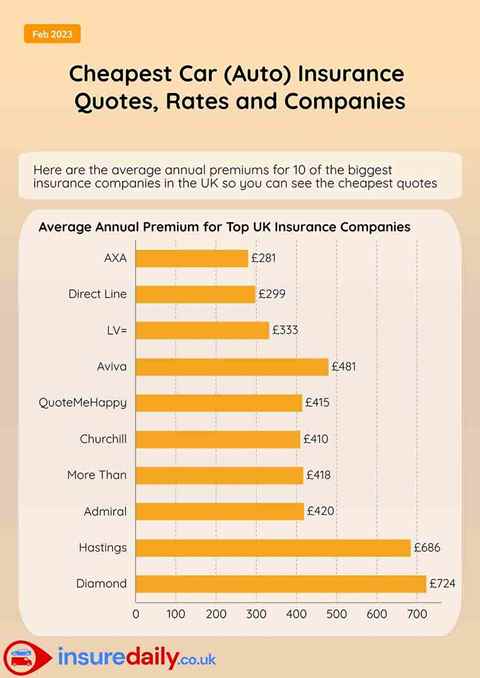Brand New Used Cars: The Smart Buyer’s Guide to Unlocking Value and Quality
Brand New Used Cars: The Smart Buyer’s Guide to Unlocking Value and Quality cars.truckstrend.com
The very phrase "Brand New Used Cars" might sound like an oxymoron, a playful twist of words designed to catch the eye. Yet, for a growing segment of savvy consumers, it represents a highly desirable reality: the opportunity to acquire a vehicle that delivers the pristine condition, cutting-edge features, and peace of mind associated with a new car, but without the prohibitive price tag and immediate depreciation hit. This concept is not about mere semantics; it’s about a strategic approach to car buying that prioritizes value, quality, and long-term satisfaction.
In an automotive market characterized by rapid technological advancements, fluctuating new car prices, and a strong emphasis on sustainability, the "Brand New Used Car" category has emerged as a sweet spot. It encompasses vehicles that have transcended the typical "used car" stigma, offering an experience remarkably close to that of driving a brand-new vehicle, often for thousands less. This comprehensive guide will unravel the layers of this fascinating category, exploring what defines these vehicles, their undeniable benefits, how to navigate the market, and what to consider when making this smart investment.
Brand New Used Cars: The Smart Buyer’s Guide to Unlocking Value and Quality
Unpacking the Paradox: What Exactly Are "Brand New Used Cars"?
The essence of a "Brand New Used Car" lies in its ability to defy the conventional expectations of a pre-owned vehicle. It’s a car that, despite having a previous owner, presents and performs as if it just rolled off the assembly line. This elite segment of the used car market primarily comprises two key categories, alongside a few niche scenarios:
1. Certified Pre-Owned (CPO) Vehicles
This is arguably the most definitive manifestation of a "Brand New Used Car." CPO programs are offered directly by vehicle manufacturers through their franchised dealerships. They transform a used car into something akin to new by subjecting it to an exhaustive process:
- Rigorous Multi-Point Inspection: A comprehensive checklist, often exceeding 100 or even 200 points, covers everything from the engine and transmission to the brakes, tires, electrical systems, and interior/exterior aesthetics. Any components not meeting strict standards are repaired or replaced.
- Reconditioning: Vehicles undergo professional detailing and any necessary cosmetic repairs to restore them to near-showroom condition.
- Manufacturer-Backed Warranty: This is the cornerstone of CPO. Beyond any remaining original factory warranty, manufacturers provide an extended warranty, often adding years and/or tens of thousands of miles of coverage. This warranty is typically transferable, enhancing resale value.
- Additional Benefits: Many CPO programs include perks like roadside assistance, loaner car services, satellite radio subscriptions, and a complete vehicle history report (e.g., CarFax or AutoCheck).

CPO vehicles are typically late-model (e.g., less than 5-6 years old) and low-mileage (e.g., under 60,000-80,000 miles), ensuring they have plenty of life left and align with the "brand new" experience.
2. Low-Mileage, Late-Model Vehicles
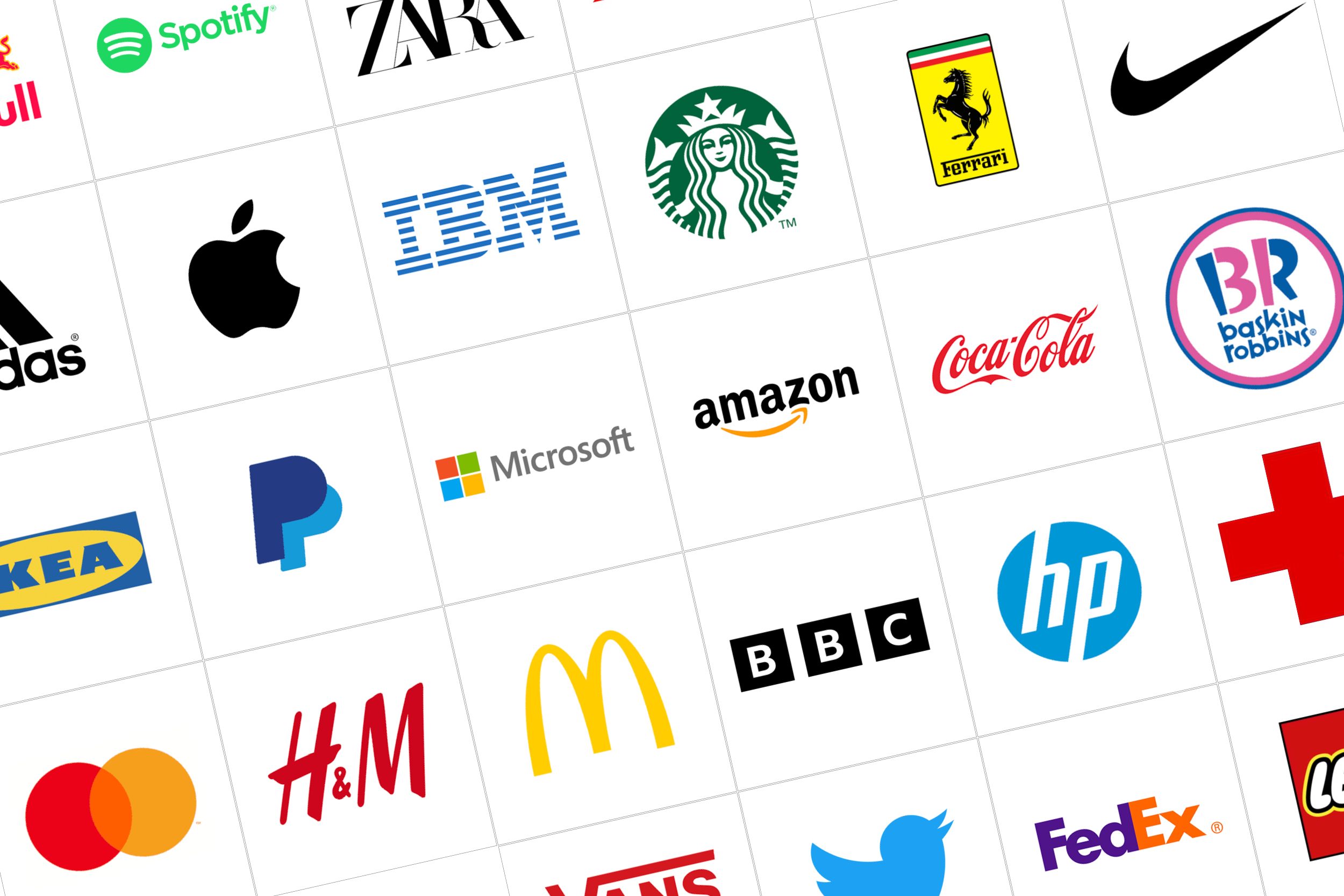
These are used cars that haven’t necessarily gone through a formal CPO program but are so new and lightly used that they feel almost indistinguishable from a brand-new vehicle.
- Age: Often just 1 to 3 years old.
- Mileage: Typically under 30,000 miles, sometimes even as low as 5,000-10,000 miles.
- Original Warranty: Many of these vehicles are still covered by their original factory bumper-to-bumper or powertrain warranties, providing inherent peace of mind.
- Condition: Due to their young age and low usage, they often exhibit minimal wear and tear, both mechanically and cosmetically. They typically feature the latest infotainment systems, safety features, and design elements.

3. Niche Scenarios: Dealer Demos, Loaner Cars, and Executive Cars
Dealerships sometimes sell vehicles that have been used for specific purposes but have seen very limited public ownership:
- Dealer Demonstrators (Demos): Used by sales staff or for test drives, these cars are usually just a few months old with very low mileage.
- Service Loaner Cars: Provided to customers while their vehicles are being serviced. Again, low mileage and well-maintained by the dealership.
- Executive Cars: Used by dealership management.
These cars are often meticulously maintained, frequently detailed, and sold at a discount, sometimes even qualifying for CPO status, making them excellent "Brand New Used Car" candidates.
The Irresistible Benefits: Why Choose a "Brand New Used Car"?
Opting for a "Brand New Used Car" is a strategic financial and practical decision that offers a compelling array of advantages over buying new or a traditional used vehicle.
- Significant Cost Savings & Depreciation Avoidance: This is the most compelling benefit. New cars suffer their steepest depreciation within the first year (often 20-30% or more). By letting the first owner absorb this initial plunge, you acquire a nearly new vehicle at a substantially lower price. This means more car for your money, or simply more money in your pocket.
- Retained Value & Slower Depreciation: Since you’ve bypassed the initial depreciation curve, your "Brand New Used Car" will generally depreciate at a slower rate than a brand-new vehicle moving forward, offering better long-term value retention.
- Peace of Mind & Reduced Risk: CPO programs, with their rigorous inspections and manufacturer-backed warranties, dramatically mitigate the risks often associated with used car purchases. Even low-mileage, late-model cars often retain portions of their original factory warranty, offering robust protection against unexpected repairs.
- Access to Higher Trims & Features: With the savings from avoiding new car depreciation, you can often afford a higher trim level, more luxurious features, or a more premium model than if you were buying brand new within the same budget. This means enjoying advanced technology, premium materials, and enhanced performance that might otherwise be out of reach.
- Immediate Availability: Unlike ordering a new car, which can involve weeks or months of waiting, "Brand New Used Cars" are typically available for immediate purchase and delivery, allowing you to drive away in your desired vehicle without delay.
- Environmental Impact: Choosing a used car, even one that feels brand new, is an environmentally conscious decision. It extends the life cycle of an existing vehicle, reducing the demand for new manufacturing and its associated resource consumption and carbon emissions.
- Proven Reliability: These vehicles have been on the road for a short period, allowing any initial manufacturing defects to surface and be addressed under warranty. This "shakedown" period often means you’re getting a vehicle that has already proven its initial reliability.
Navigating the Market: How to Find Your "Brand New Used Car"
Finding the perfect "Brand New Used Car" requires a systematic approach, combining online research with hands-on inspection.
-
Define Your Needs and Budget:
- Lifestyle: What size, seating capacity, and features do you truly need?
- Budget: Determine your total budget, including purchase price, insurance, maintenance, and potential financing costs.
- Target Models: Research specific makes and models known for reliability, safety, and features that align with your preferences.
-
Where to Look:
- Franchised Dealerships: Your primary source for CPO vehicles. They will have a dedicated inventory of their brand’s certified pre-owned cars.
- Reputable Independent Used Car Dealerships: Many independents specialize in late-model, low-mileage vehicles, though they won’t offer manufacturer CPO programs. Ensure they have a strong reputation and transparent practices.
- Online Marketplaces: Websites like Autotrader, Cars.com, CarGurus, and manufacturer CPO portals allow you to filter by year, mileage, and CPO status, making it easy to find suitable candidates.
-
Key Information to Verify & Ask For:
- Vehicle History Report (VHR): Insist on a CarFax or AutoCheck report. This is non-negotiable. It reveals accident history, title issues (salvage, flood), service records, and odometer discrepancies. For CPO, this should be provided automatically.
- CPO Inspection Checklist/Report: If considering CPO, ask to see the detailed multi-point inspection report. Understand what was checked and what, if anything, was repaired or replaced.
- Warranty Details: For CPO, understand the duration, mileage limits, and what precisely is covered (and what isn’t) by the extended warranty. For non-CPO, confirm if any original factory warranty remains and its terms.
- Service Records: Ask for documented service history. A well-maintained vehicle is a sign of a responsible previous owner.
-
Thorough Test Drive:
- Drive on various road types (city, highway, bumps).
- Test all features: HVAC, infotainment, windows, lights, wipers, cruise control, safety tech.
- Listen for unusual noises (squeaks, rattles, clunks).
- Pay attention to acceleration, braking, and steering responsiveness.
-
Independent Pre-Purchase Inspection (PPI):
- Highly Recommended: Even for CPO vehicles, arranging an independent mechanic to inspect the car before purchase is a wise investment. They can spot issues that might have been missed or are not covered by the CPO inspection. This provides an unbiased third-party assessment.
Important Considerations & Potential Challenges
While "Brand New Used Cars" offer immense value, it’s crucial to approach the purchase with realistic expectations and awareness of potential nuances.
- Higher Price Tag Than Typical Used Cars: While significantly cheaper than new, CPO and low-mileage late-model vehicles will command a premium over older, higher-mileage used cars. This is the cost of peace of mind and near-new condition.
- Limited Customization: You can’t spec out your "Brand New Used Car" exactly as you would a new one. You’re limited to what’s available on the market, meaning you might have to compromise on certain color combinations, specific optional packages, or minor features.
- Varying CPO Standards: While all manufacturer CPO programs offer strong benefits, the specifics can vary. One brand’s 100-point inspection might be another’s 170-point check. Always compare programs and understand the exact coverage.
- Financing: While interest rates for used car loans can sometimes be slightly higher than new car loans, CPO vehicles often qualify for competitive financing rates, sometimes even promotional rates similar to new cars, due to their quality assurance.
- Not All "Used" Are "Brand New": The term "Brand New Used Car" is a concept. It’s essential to distinguish between a genuinely well-preserved, inspected, and potentially warranted vehicle and a typical used car that simply looks good on the surface. Due diligence is paramount.
- Market Volatility: The used car market, particularly for desirable late-model vehicles, can be influenced by supply and demand, new car production issues, and economic factors. Be prepared for prices to fluctuate.
Maintaining Your "Brand New Used Car" Experience
Once you’ve acquired your "Brand New Used Car," maintaining its "brand new" feel and ensuring its longevity requires ongoing commitment.
- Adhere to Service Schedules: Follow the manufacturer’s recommended maintenance schedule diligently. This is crucial for performance, longevity, and preserving any remaining warranty coverage (especially for CPO). Keep detailed records of all services performed.
- Regular Cleaning and Detailing: Preserve the cosmetic appeal by regularly washing, waxing, and cleaning the interior. Protect the paint, clear coat, and interior surfaces from wear and tear.
- Address Issues Promptly: Don’t ignore dashboard warning lights or unusual noises. Addressing minor issues quickly can prevent them from escalating into costly repairs.
- Understand Your Warranty: Familiarize yourself with the terms and conditions of your CPO or extended warranty. Know what’s covered, for how long, and the process for making a claim.
- Drive Responsibly: Smooth acceleration and braking, avoiding harsh impacts, and generally driving courteously will contribute significantly to the vehicle’s long-term health and condition.
Brand New Used Cars: Illustrative Price Comparison Table
This table provides illustrative price ranges for popular vehicle segments, comparing typical new car MSRPs with their "Brand New Used" (CPO or low-mileage, late-model) counterparts. Prices are highly variable based on specific model, trim, condition, mileage, and market demand.
| Vehicle Type/Segment | New Car Price Range (MSRP) | "Brand New Used" Price Range (CPO/Low-Mileage) | Typical Age Range | Typical Mileage | Key Benefits of "Brand New Used" |
|---|---|---|---|---|---|
| Compact Sedan | $22,000 – $30,000 | $18,000 – $26,000 | 1-3 years | 10,000-30,000 | Significant savings on initial depreciation; often still under original factory warranty; ideal for commuters. |
| Mid-Size SUV | $30,000 – $45,000 | $25,000 – $40,000 | 1-4 years | 15,000-45,000 | Excellent family value; access to popular features like AWD, panoramic roofs at lower cost; robust CPO programs often available. |
| Luxury Sedan | $45,000 – $70,000+ | $35,000 – $60,000+ | 2-5 years | 20,000-50,000 | Substantial savings on high-depreciation assets; retain luxurious features and performance; CPO offers extended high-end warranty. |
| Pickup Truck | $35,000 – $65,000+ | $30,000 – $55,000+ | 1-4 years | 15,000-50,000 | Get a highly capable workhorse or family hauler for less; often well-maintained by previous owners; CPO for powertrain peace of mind. |
| Electric Vehicle (EV) | $35,000 – $70,000+ | $30,000 – $60,000+ | 1-3 years | 10,000-30,000 | Avoid new EV premiums; benefit from battery warranty transfer; access to latest tech features; contribute to sustainability. |
Note: Prices are estimates and vary widely based on brand, model, trim, condition, market demand, and specific dealer offers. Always conduct thorough research for your desired vehicle.
Frequently Asked Questions (FAQ) About Brand New Used Cars
Q1: Is a "Brand New Used Car" the same as a CPO vehicle?
A1: Not exactly. All CPO vehicles can be considered "Brand New Used Cars" due to their rigorous inspection, reconditioning, and warranty. However, not all "Brand New Used Cars" are CPO. The term also encompasses low-mileage, late-model vehicles that are not part of a manufacturer’s CPO program but are in excellent, near-new condition.
Q2: How much can I really save by buying a "Brand New Used Car" instead of a new one?
A2: Savings can be significant, often ranging from 15% to 40% or more compared to the original MSRP of a new equivalent, especially in the first few years. This is primarily due to avoiding the steepest initial depreciation. The exact savings depend on the make, model, age, and mileage.
Q3: Do "Brand New Used Cars" come with a warranty?
A3: Yes, this is a key differentiator. CPO vehicles come with a manufacturer-backed extended warranty beyond any remaining original factory warranty. Low-mileage, late-model cars often still have a portion of their original factory bumper-to-bumper or powertrain warranty remaining. Always confirm warranty details before purchasing.
Q4: What’s the ideal age/mileage for one of these cars?
A4: The sweet spot is typically 1 to 3 years old with under 30,000 to 45,000 miles. At this point, the car has absorbed much of its initial depreciation, but still retains modern features, excellent condition, and often has remaining factory warranty or qualifies for CPO.
Q5: Can I negotiate the price of a "Brand New Used Car"?
A5: Absolutely. While CPO vehicles may have less wiggle room than a typical used car due to the added value, negotiation is still possible. Research comparable listings to understand the market value, and don’t hesitate to negotiate for a better price or additional perks.
Q6: Are there any hidden costs associated with "Brand New Used Cars"?
A6: Generally no more than with any car purchase. Be aware of standard costs like sales tax, registration fees, and dealer documentation fees. Always clarify all fees upfront. An independent pre-purchase inspection is a recommended cost that can save you money in the long run.
Q7: Should I get an independent inspection, even for a CPO vehicle?
A7: While CPO vehicles undergo rigorous inspections, an independent pre-purchase inspection (PPI) by a trusted third-party mechanic is still highly recommended. It provides an unbiased assessment of the vehicle’s condition and can catch anything missed or not covered by the dealer’s inspection, offering an extra layer of confidence.
Conclusion
The concept of "Brand New Used Cars" represents a paradigm shift in automotive acquisition, offering a compelling blend of value, quality, and peace of mind. By strategically targeting certified pre-owned vehicles or meticulously cared-for low-mileage, late-model options, buyers can effectively bypass the significant depreciation hit of a new car while still enjoying the latest features, pristine condition, and robust warranty coverage.
In an increasingly competitive and conscious market, these vehicles stand out as a supremely smart choice. They empower consumers to drive more car for their money, reduce financial risk, and make an environmentally sound decision, all while experiencing the thrill and reliability typically associated with a brand-new ride. For the discerning buyer, the "Brand New Used Car" is not just a clever phrase; it’s the key to unlocking exceptional automotive value.
